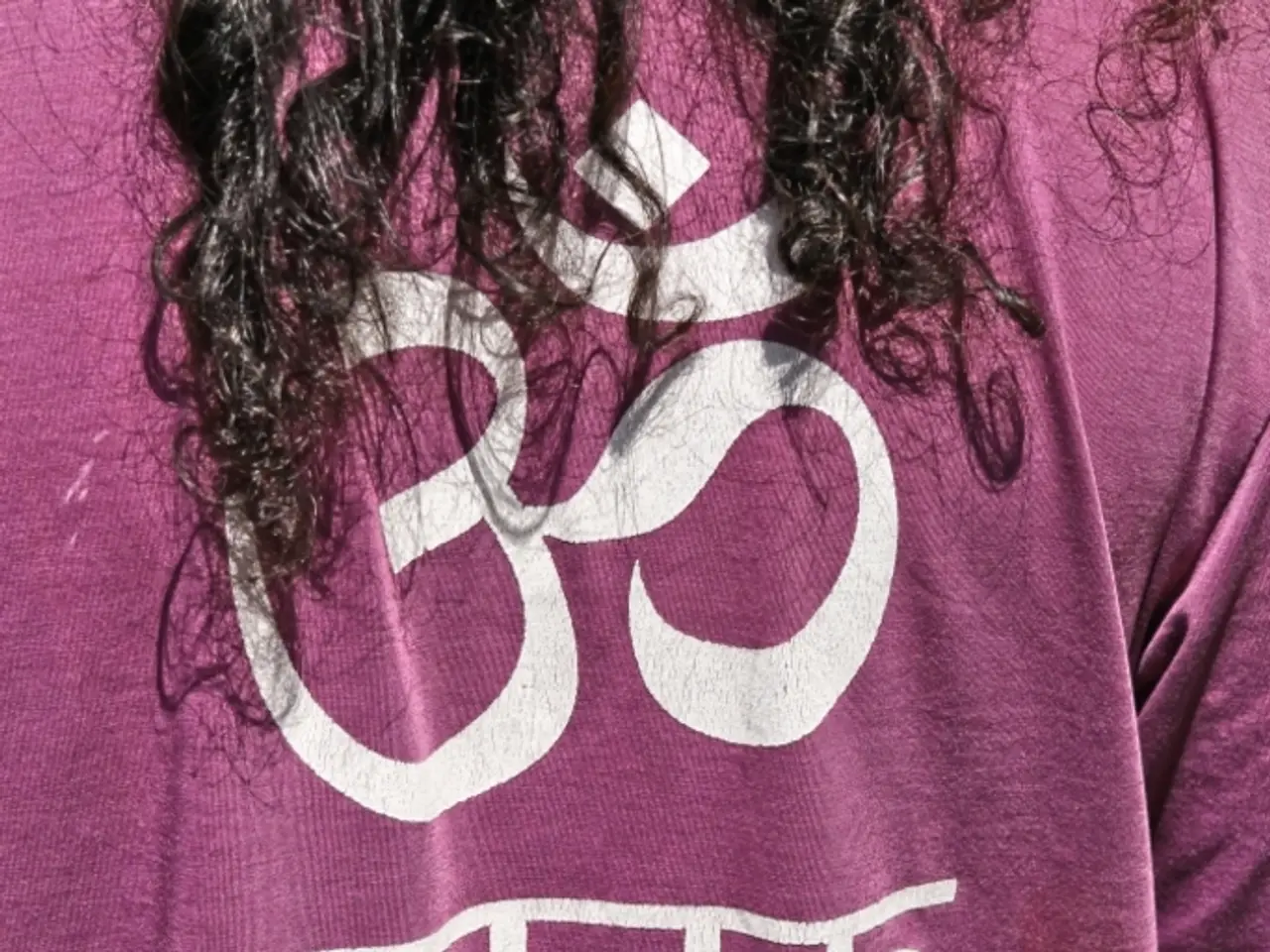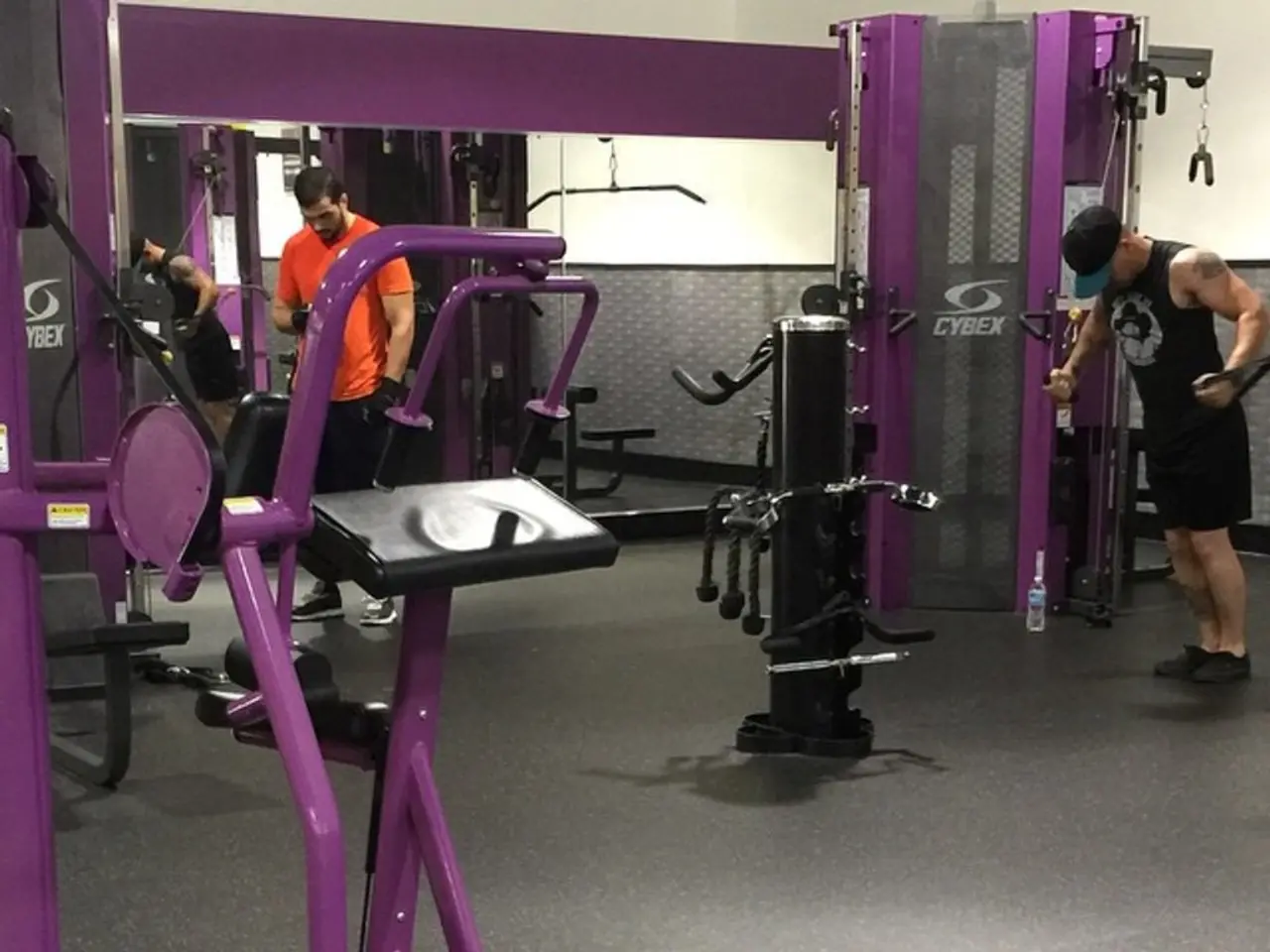Technique and rationale for performing nasal cycle respiration exercises
Alternate nostril breathing, also known as Anulom Vilom or Nadi Shodhana pranayama in yoga, is a simple yet powerful breathing exercise that has been gaining attention for its numerous health benefits. This ancient practice, originating from yoga, involves breathing through one nostril while holding the other shut, then swapping and repeating the process.
Studies have shown that people sometimes breathe in and out with the same nostril more than once before swapping to the other, and some even go straight from one nostril to the other without holding their breath. These variations exist, but the basic technique remains the same: breathing with one nostril while holding the other closed, then swapping sides.
Regular practice of alternate nostril breathing has been found to have several scientifically supported benefits. It enhances respiratory health, improves oxygenation, reduces stress, balances nervous system activity, and contributes to better mental clarity.
The practice improves oxygen and carbon dioxide balance, enhancing oxygen delivery to tissues and the brain. It also balances brain hemisphere activity, which helps mental focus and clarity. Additionally, it reduces sympathetic nervous system dominance, lowering cortisol and chronic stress levels.
Moreover, alternate nostril breathing strengthens respiratory efficiency and lung function through controlled, rhythmic breathing. It is beneficial for people suffering from respiratory issues such as asthma and bronchitis, as it promotes parasympathetic nervous system activation, which supports relaxation, immune function, and digestion.
A 2017 review of studies found that regular practice of alternate nostril breathing can benefit the heart, lungs, and brain by reducing blood pressure and heart rate, improving lung function, improving motor function or movement skills, and improving memory. It can also lower blood pressure and heart rate, contributing to overall cardiovascular health.
However, it's important to note that risks or downsides are generally minimal but may include discomfort if done improperly or excessively. Forcing breath through blocked nasal passages can cause respiratory distress, especially in people with nasal obstruction or chronic allergies. It is crucial not to confuse risks associated with other airflow interventions like mouth taping, which can have adverse effects if airway obstruction exists.
No significant adverse effects of controlled alternate nostril breathing have been documented in healthy individuals when practiced appropriately. However, people with severe respiratory conditions should consult healthcare providers before starting new breathwork routines.
In summary, the scientifically proven benefits of alternate nostril breathing are primarily respiratory efficiency, nervous system balance, stress reduction, and cognitive improvements, while risks are minimal when performed correctly and cautiously in individuals without nasal or respiratory blockages. This ancient practice, with its modern-day scientific backing, offers a simple yet effective method for improving overall health and well-being.
Incorporating alternate nostril breathing into a health-and-wellness routine may help promote mental-health benefits, as it has been found to reduce stress and improve mental clarity. This fitness-and-exercise technique, backed by science, also enhances respiratory health, contributing to better oxygenation and respiratory efficiency. Additionally, regular practice of this ancient practice can potentially offer health advantages by improving overall cardiovascular health through lowering blood pressure and heart rate.




